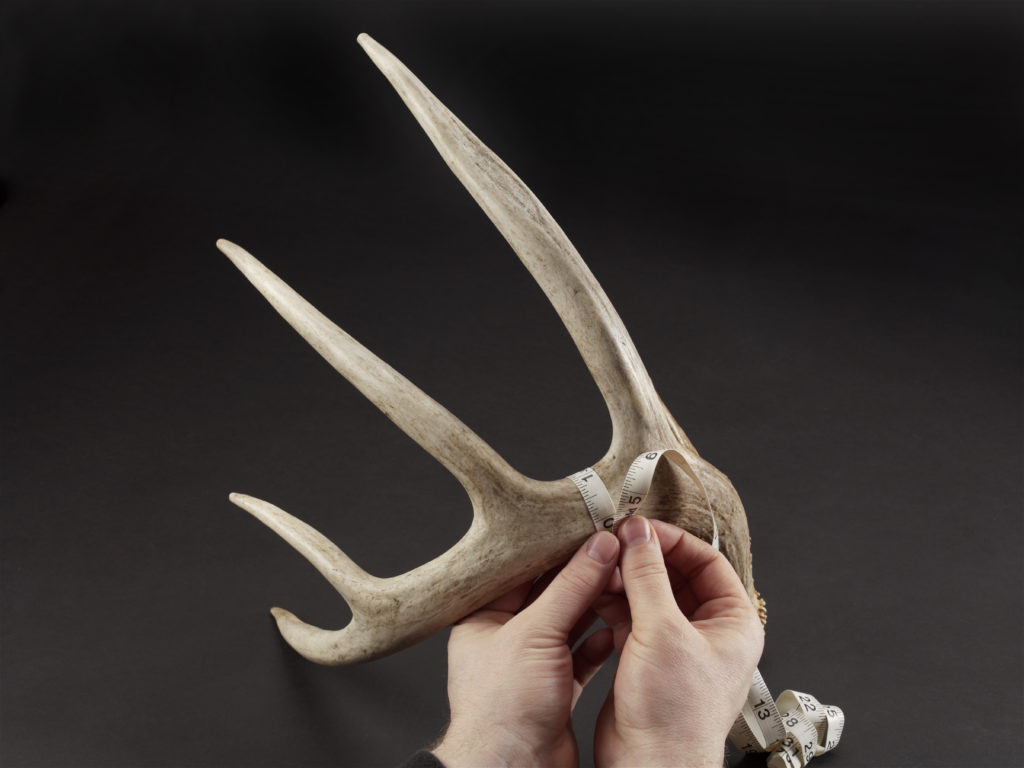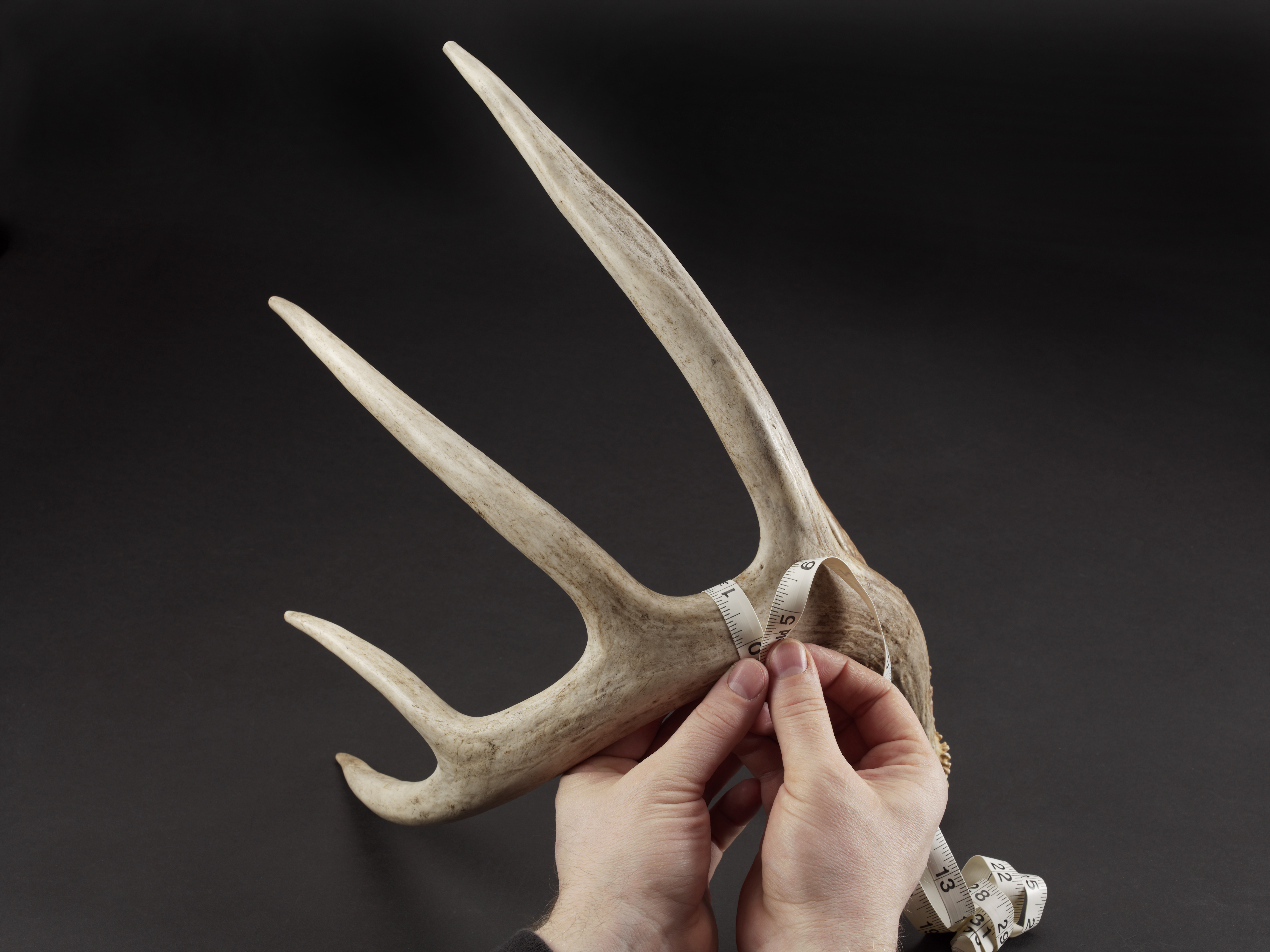Do deer antlers shrink after they’ve been left to dry for weeks, months or years? We get this question a lot here at Deer & Deer Hunting. Before answering the question, we always have to ask a few questions of our own, because the final answer isn’t always cut and dried, pardon the pun.

The short answer, however, is this: Contrary to popular belief, whitetail antlers do not normally shrink much from the time the deer is killed until the mandatory 60-day “drying period” required by clubs like the Boone and Crockett Club, the Pope and Young Club, Safari Club International or the Northeast Big Buck Club.
Believe it, Deer Antlers Shrink!
In most cases of a Boone-and-Crockett class typical (170 inches or more), the rack won’t shrink more than 1 or 2 inches from when it is “green” dry until it is considered completely dry. The difference varies, of course, when you’re talking about an unusually high-scoring nontypical, but again, these are rare exceptions. Of course, the bigger the buck, the more the antlers can shrink. There have been several documented cases of where 200-class B&C typicals lost more than 5 inches due to shrinkage.
How much deer antlers shrink also depends (to a certain extent) on the configuration of whitetail’s rack. Is is a clean 12-pointer? A 10-pointer? Or just a really massive 8-pointer? Does the buck have an uneven number of points? If you’re at all unsure, check out the instructions on how to score a deer rack from one of the above clubs. Here is an example score sheet from the Boone and Crockett Club: ANTLER SCORE SHEET SAMPLE.
How Do Deer Antlers Shrink?
Inches lost from antlers that shrink while drying usually come from the aggregate mass measurements. A record-class buck will get eight (8) total mass measurements — four along predetermined spots of each main beam (including the bases), so it’s easy to see where a few fractions here and there can add up to several inches when multiplied across the entire rack.
Why would antlers shrink to begin with? Well, it has to do with the chemical makeup of a whitetail’s rack. The rack starts off as living tissue and, even though it calcifies in fall, it’s still living tissue when it’s attached to the buck’s head. Hence, deer antler is porous. Once the buck dies (or casts his antlers in spring), the antler begins to die and dry. Eventually, it becomes completely hardened “bone.”
Video on Deer Antlers & Scoring
Oregon big-buck hunter David Morris explains antler scoring techniques in this useful deer hunting video:

